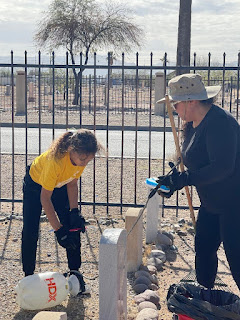Pie Socials with Neighbors
In the late 19th and early 20th centuries, post-Thanksgiving
evenings were often spent visiting neighbors for "pie socials."
Families would bring their leftover desserts to share while catching up with
friends. It was a relaxed and delicious way to wind down the holiday.
How could you revive it?
Host a mini pie party with leftover slices, or turn it into a potluck
dessert swap. Light some candles, play vintage music, and enjoy the cozy vibes.
Storytelling by the Fire
Before television, families gathered by the fireplace to
share stories. Elders would recount tales from their youth, and children would
chime in with their own whimsical creations. These sessions were rich with
laughter, learning, and love.
How could you revive it?
Set up a storytelling circle with family or friends. Ask older family
members to share their Thanksgiving memories, or take turns creating a
collaborative story.
Leftover Feasts
Late-night snacks were a beloved tradition. Families would
gather for a second, smaller meal of turkey sandwiches, pickles, and pies.
These impromptu feasts were about savoring the holiday flavors one last time.
How could you revive it?
Take leftovers to work or school, or even better, take a picnic lunch
with friends and family to the cemetery.
You can visit and celebrate with your loved ones there too, both past
and present.
Thanksgiving Scrapbooking
Victorian families loved creating keepsakes of their
holidays. They often documented Thanksgiving by pressing autumn leaves, writing
reflections, or sketching scenes from the day.
How could you revive it?
Start a Thanksgiving scrapbook. Collect mementos like photos, pressed
leaves, or handwritten notes of gratitude from family members. Add to it each
year for a cherished family heirloom.
The days after Thanksgiving can be used by embracing vintage
customs that make the holiday even more meaningful. By revisiting these
nostalgic traditions, you can create a warm, connected, and memorable
experience for everyone around you
What are your favorite post-Thanksgiving traditions? Share
in the comments, and don’t forget to pin this post for inspiration next year!


















